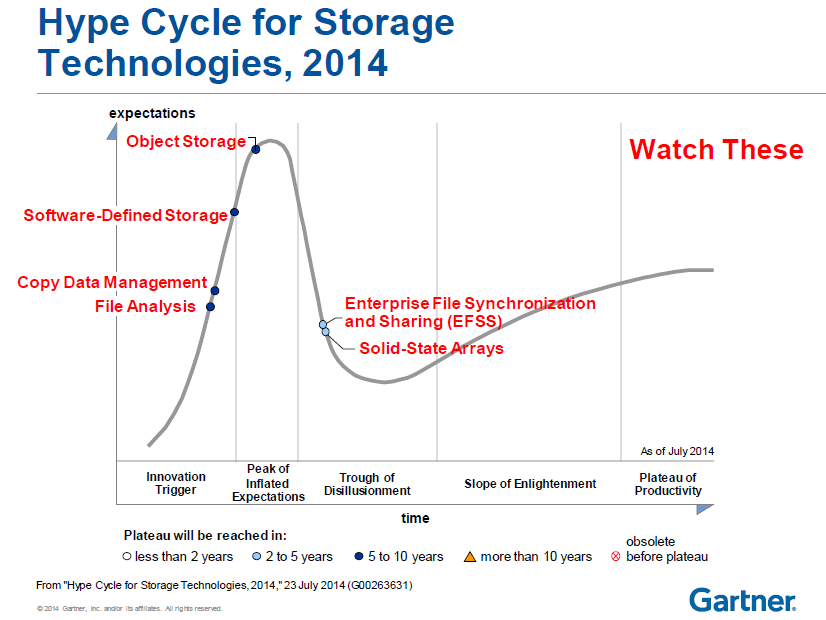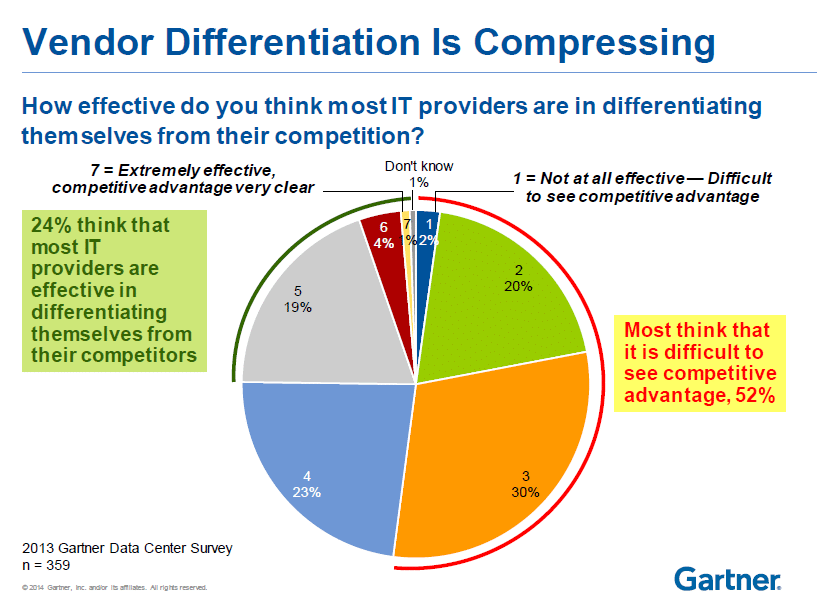With the 33rd annual Gartner Data Center, Infrastructure, and Operations Management Conference kicking off this week, StorageReview had an opportunity to interview Gartner analysts Alan Dayley and Arun Chandrasekaran about their upcoming conference presentation entitled “The Five-Year Storage Scenario” which will make some specific recommendations and predictions for enterprise storage architects and administrators, in addition to providing a broader overview of Gartner’s research into emerging trends for enterprise storage.
With the 33rd annual Gartner Data Center, Infrastructure, and Operations Management Conference kicking off this week, StorageReview had an opportunity to interview Gartner analysts Alan Dayley and Arun Chandrasekaran about their upcoming conference presentation entitled “The Five-Year Storage Scenario” which will make some specific recommendations and predictions for enterprise storage architects and administrators, in addition to providing a broader overview of Gartner’s research into emerging trends for enterprise storage.
In their session this week, Alan and Arun will offer a few broad predictions that set the stage for their more detailed analysis of the storage innovations that will emerge in the next five years and how vendors will evolve. Gartner’s projections suggest that by 2016, 20% of organizations will abandon backup and recovery technologies in favor of exclusive use snapshot and replication. By the end of 2016, they expect that more than 50% of enterprises will store customer-sensitive data in the public cloud. By 2019, they predict that 25% of all mission-critical workloads will be supported by all flash arrays.

During the coming three years, Gartner is increasing emphasis on software-defined storage, tighter integration within enterprise storage ecosystems, and the continued expansion of flash storage’s role in the datacenter. On the data management side, Alan and Arun anticipate increasing demand for solutions that blend backup and disaster recovery functionality as well as solutions that provide more sophisticated archiving, analytics, and governance.
Farther out, Alan and Arun see the most promise in the continued development of solid-state and phase-change memory storage media as well as holographic storage and quantum storage. In terms of infrastructure and management over the same time period, Gartner believes that issues around data gravity will continue to increase in importance as more and more applications and analysis tools become tied to the underlying storage systems where content is stored. Consequently Gartner is keeping an eye on the evolution of peer-to-peer architectures as alternatives to more tightly-coupled and hierarchical storage architectures.
Another notable area of research that Alan and Arun will be presenting during the conference addresses storage administrator perceptions of the differentiation between vendors in the marketplace. According to their surveys, summarized in this chart, feature differentiation is no longer the competitive advantage that it once was. Also of note is that the customers surveyed by Gartner report that while they are often satisfied with their storage vendor’s products, those positive feelings do not translate to perceptions about the appropriateness of their infrastructure’s cost of ownership.
The Gartner Data Center, Infrastructure & Operations Management Conference runs December 2-5 in Las Vegas and includes many sessions with a storage emphasis.
Gartner Data Center, Infrastructure and Operations Management Conference

